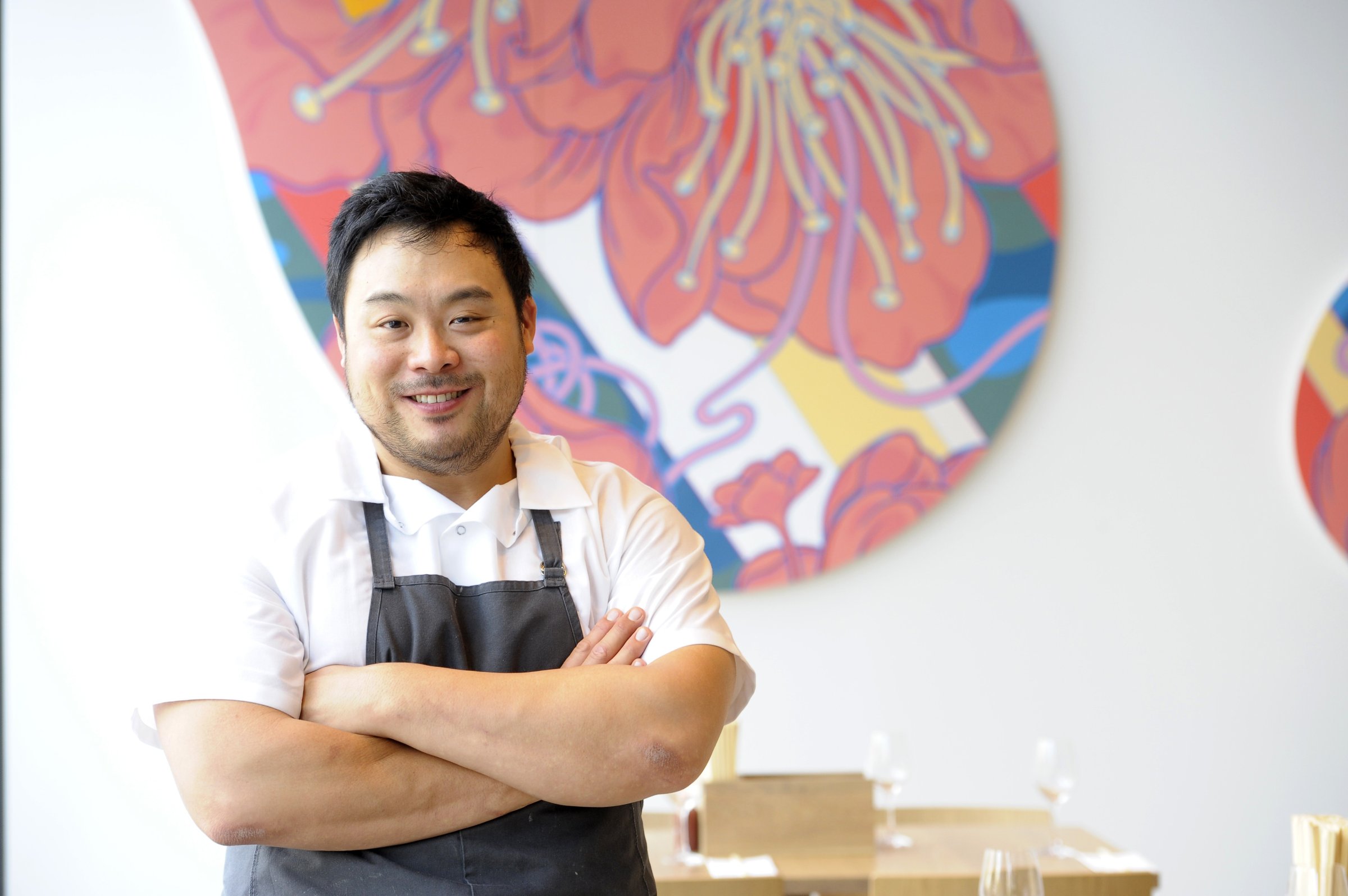
If you see a comedian improvising, they’re good at it because they’ve done it a lot. Even if they’re doing something off the cuff, they’re riffing off of something they’ve done before that they know works. If you do it every day and you’re good at it, you start to know what principles work well to produce good comedy.
Food is the same way: It’s about using some method of deduction to figure out what food patterns will overlap and how you might replicate those to create something new.
Oftentimes, I think a home cook is going at it aimlessly, based on whatever’s on hand. While that can be fun, a lot of times what you end up making in a situation like that is an experiment—and food shouldn’t be an experiment. Here’s how I recommend going about the process strategically so you end up creating a signature dish people love.
Do your homework
You should do research before you do anything else. I don’t mean to look online. Read cookbooks, and understand the ingredients you’re cooking with beforehand. It’s not fun to do, but that’s the best way to really understand the foods you’re working with from an intellectual point of view so you can make better use of them.
Read more: Andrew Zimmern Explains How to Acquire a Taste
Use other cultures as inspiration
You want to use your imagination but have it anchored to culinary tradition and think about how you can evolve that culinary tradition. If you go to Brazil, for example, some of the oldest Koreatowns are in São Paulo. Of course, in Asia you see dumplings. And in Brazil, there’s a dish called a pastel that’s a fried pocket of dough. You can see how it’s not that far-fetched to do some kind of hybrid there. You want to look for those patterns that can help you evolve a dish.
Here are three simple barbecue sauce recipes to use in all types of dishes:
Use unexpected ingredients
For Fuku, when we wanted to create our chicken sandwich, we said, “There’s a lot of spicy chicken out there—how can we do ours a little bit different?” One way is with the ingredients you choose.
Usually in chicken sandwiches, you see white-meat chicken. Dark meat to me is the most delicious part, so we decided to try to make it work with that. Then we looked at the spice and asked, “Can we do something that’s not cayenne-based?” We ended up using habanero, which has a sweet, fruity aroma. We oftentimes reverse-engineer like that and ask, “How do we get to the same thing by going about the process in a different way?”
David Chang is chef/founder of the Momofuku restaurant group and author of the cookbook Momofuku.
More Must-Reads from TIME
- L.A. Fires Show Reality of 1.5°C of Warming
- Home Losses From L.A. Fires Hasten ‘An Uninsurable Future’
- The Women Refusing to Participate in Trump’s Economy
- Bad Bunny On Heartbreak and New Album
- How to Dress Warmly for Cold Weather
- We’re Lucky to Have Been Alive in the Age of David Lynch
- The Motivational Trick That Makes You Exercise Harder
- Column: No One Won The War in Gaza
Contact us at letters@time.com